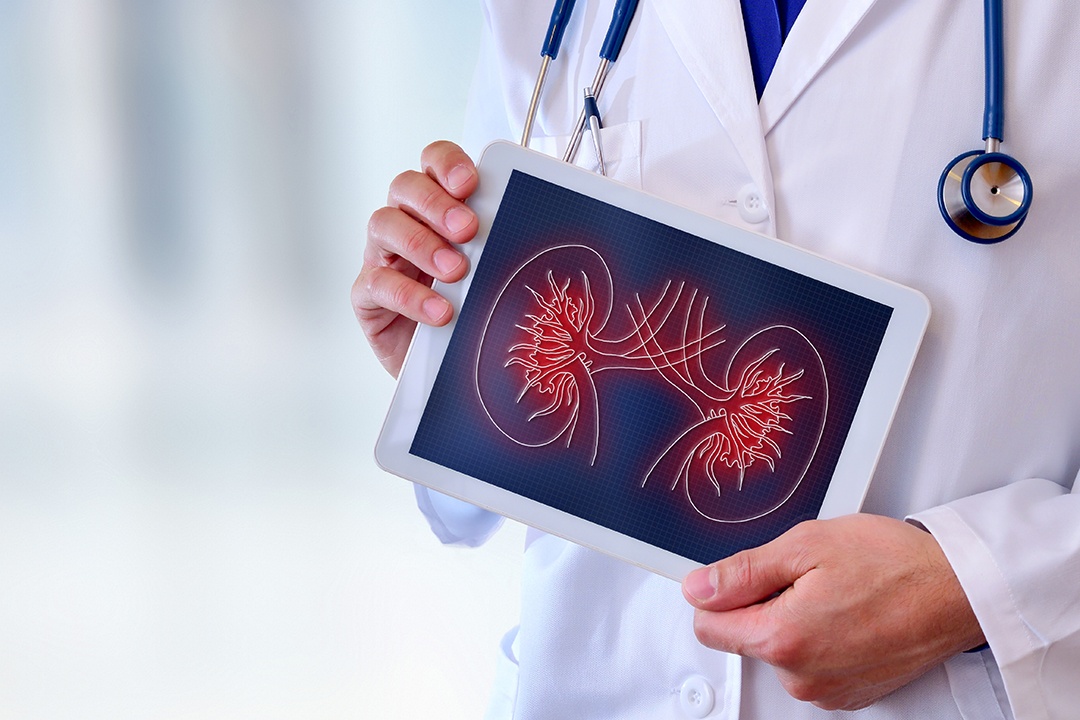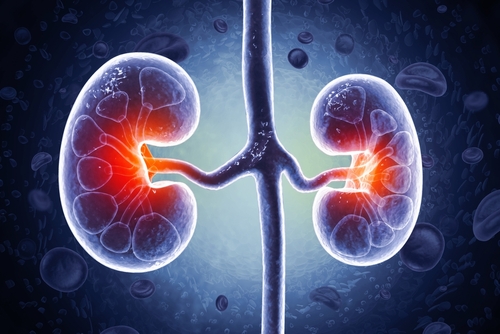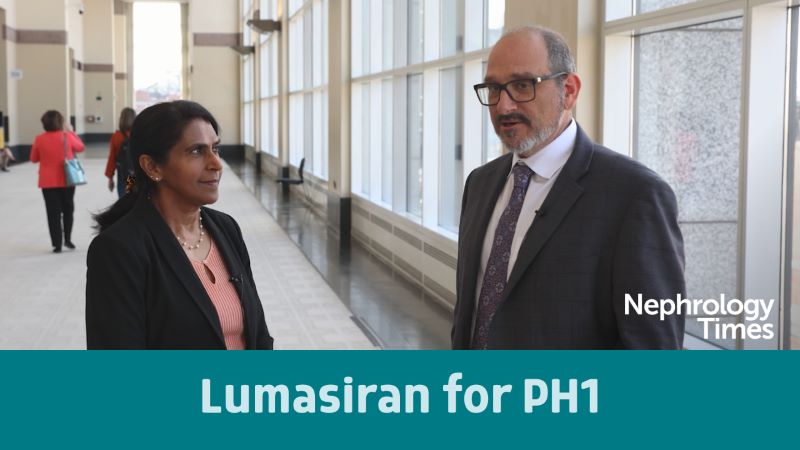
Nephrotic-range proteinuria is a common reason for nephrological consultation. However, the differential diagnosis is wide and generally focuses on different forms of glomerulonephritis. Other causes of this condition should not be overlooked, according to the authors of two case reports, published in the Journal of Medical Case Reports.
The first case study involved a 46-year-old White female patient who went to the emergency department for right-sided flank pain. She was morbidly obese and had history of type 2 diabetes mellitus, obstructive sleep apnea syndrome, and schizoaffective disorder. She was treated with oral antidiabetic drugs and antipsychotics. A clinical exam showed distension of superficial veins of the abdominal wall and tenderness over the right abdominal flank.
A subsequent urine analysis showed the presence of protein, and a urine sample confirmed the presence of proteinuria. To rule out thrombosis and to assess the feasibility of kidney biopsy, the patient was given a computed tomography (CT) scan with iodine contrast, which showed extensive thrombosis of the suprarenal inferior vena cava (IVC) without thrombosis in the renal veins and portal vein. The patient was hospitalized and given intravenous heparin. Her renal function progressively improved, and distention of the superficial abdominal collateral veins diminished. A kidney biopsy was not performed for technical reasons. The patient was then discharged on oral anticoagulation with anti-vitamin K. A follow-up CT at three months confirmed a partial recanalization of the IVC, and laboratory testing showed a further decrease in urine protein/creatinine ratio (uPCR).
In this second case, a 52-year-old White female was referred to a nephrology clinic for nephrotic-range proteinuria and a recent rise in creatinine levels. Her medical history included a left nephrectomy that had been performed 10 years earlier for pyonephrosis secondary to obstructive nephrolithiasis, the researchers noted. Over a year before consultation, she had undergone a surgical intervention for obesity. The goal was a gastric bypass, but the surgery was interrupted because of an early accidental rupture of the IVC and gall bladder. She underwent cholecystectomy, as well as primary repair of the blood vessel. Subsequently, a CT scan showed suprarenal inferior vena IVC thrombosis without renal vein thrombosis. She was given oral anticoagulation for a duration of six months.
She suffered worsening renal function, and she was initially diagnosed glomerulonephritis due to minimal change disease or membranous nephropathy. As alternative diagnosis, the researchers hypothesized that the extensive IVC thrombosis could be partly responsible. To assess that hypothesis, they obtained a split urine sample. The observed was a marked difference in urine protein secretion between the morning (uPCR of 1.5 g/mol) and the afternoon sample (uPCR 1153 g/mol). This result, the researchers noted, suggested that the renal venous congestion was more pronounced in the upright position.
The patient underwent a successful endovascular revascularization procedure with recanalization and stenting of the IVC, which improved her renal function and eliminated her proteinuria, without any other change in therapy.
“The association of isolated IVC thrombosis and proteinuria has been rarely reported in medical literature, but should be considered in patients with orthostatic proteinuria, the presence of a collateral abdominal venous circulation, and a negative immunological work-up for glomerulonephritis. The presented cases suggest that morbid obesity may be a risk factor for this clinical entity, although more studies are necessary to support this hypothesis,” the researchers concluded.







 © 2025 Mashup Media, LLC, a Formedics Property. All Rights Reserved.
© 2025 Mashup Media, LLC, a Formedics Property. All Rights Reserved.